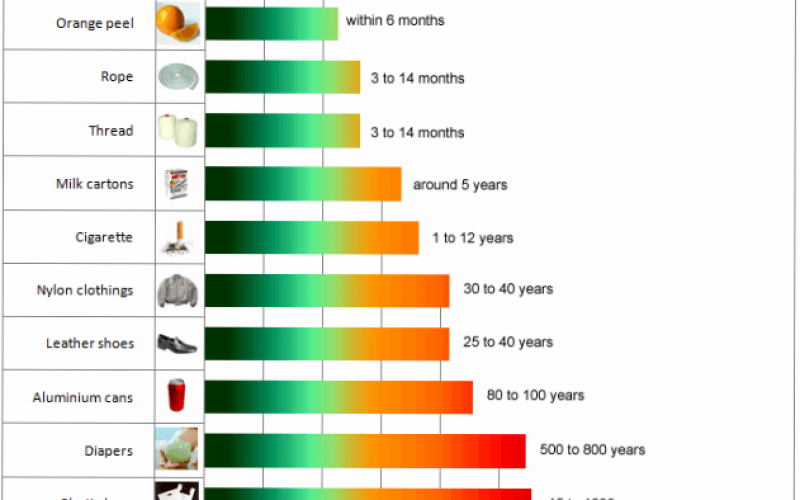 I voluntarily pick up trash along the road where I live, and am consistently confused about littering. Personal research in the form of almost daily roadside litter collection reveals only a few facts about my local litterbugs: they love beef jerky, Bud Light, and fast food. Luckily, there are people who devote their lives to studying the causes of litter and what effectively reduces the behavior.
I voluntarily pick up trash along the road where I live, and am consistently confused about littering. Personal research in the form of almost daily roadside litter collection reveals only a few facts about my local litterbugs: they love beef jerky, Bud Light, and fast food. Luckily, there are people who devote their lives to studying the causes of litter and what effectively reduces the behavior.
Keep America Beautiful’s 2009 report on Littering Behavior in America documented almost 10,000 randomly selected people at 350 locations across ten states in urban, rural and suburban settings. Thanks to these researchers, we now know that litterers tend to be males aged 18-34, or in general, people under age 30. But in a widely distributed, non-cited statistic, seventy-five percent of people surveyed admitted to littering within the past five years! That’s a lot of people.
The Keep America Beautiful study found that most littering is not accidental, but intentional (about 85% of the time). Many people choose to litter because they think that littering is ok, and don’t feel ownership of public spaces like parks and roadsides, instead assuming that it is someone else’s responsibility to clean up trash. The report also found that littered areas lead to increased litter, as though it could multiply on its own like rabbits.
Disposable fast food trash is the most frequently found litter during cleanups, yet cigarette butts make up half of all littered objects. Many people don’t consider cigarette butts to be litter, yet they are a particularly risky form of it, negatively affecting the quality of our drinking water as they get washed into storm drains and poisoning wildlife.
 Map Your World empowered kids in Oakland, California to curb cigarette butt littering by using their phones to document cigarette butts and publicize their photos and cigarette counts. Other kids in all parts of the world are using the tool in classrooms to combat trash and a host of other social problems, be they human rights abuses or health concerns. The concept is simple but successful: mapping a problem makes it easier to see where it’s predominantly located and how to address it with appropriate solutions, then re-evaluate the locations to see if strategies were successful.
Map Your World empowered kids in Oakland, California to curb cigarette butt littering by using their phones to document cigarette butts and publicize their photos and cigarette counts. Other kids in all parts of the world are using the tool in classrooms to combat trash and a host of other social problems, be they human rights abuses or health concerns. The concept is simple but successful: mapping a problem makes it easier to see where it’s predominantly located and how to address it with appropriate solutions, then re-evaluate the locations to see if strategies were successful.
Some experiments show that rewarding people for not littering can help, using interactive, entertaining trash bins that employ flashing lights and special sounds to encourage people to use receptacles. It’s also documented that discouraging litter through neighborhood campaigns, fines, signs, and visible cameras (whether real or fake) can make would-be litterbugs uneasy and feel like they’ll be caught if they litter. But it’s still up to an individual to be informed and choose not to litter. Did you know that even organic waste like banana and orange peels are considered litter because of their relatively long decomposition rates and unattractive appearance while rotting on the ground? Every litter bit hurts.
Amanda Bancroft is a Master Naturalist and volunteers with her husband Ryan for their solar-powered online educational center on how to make a difference with everyday choices at: www.RipplesBlog.org.










